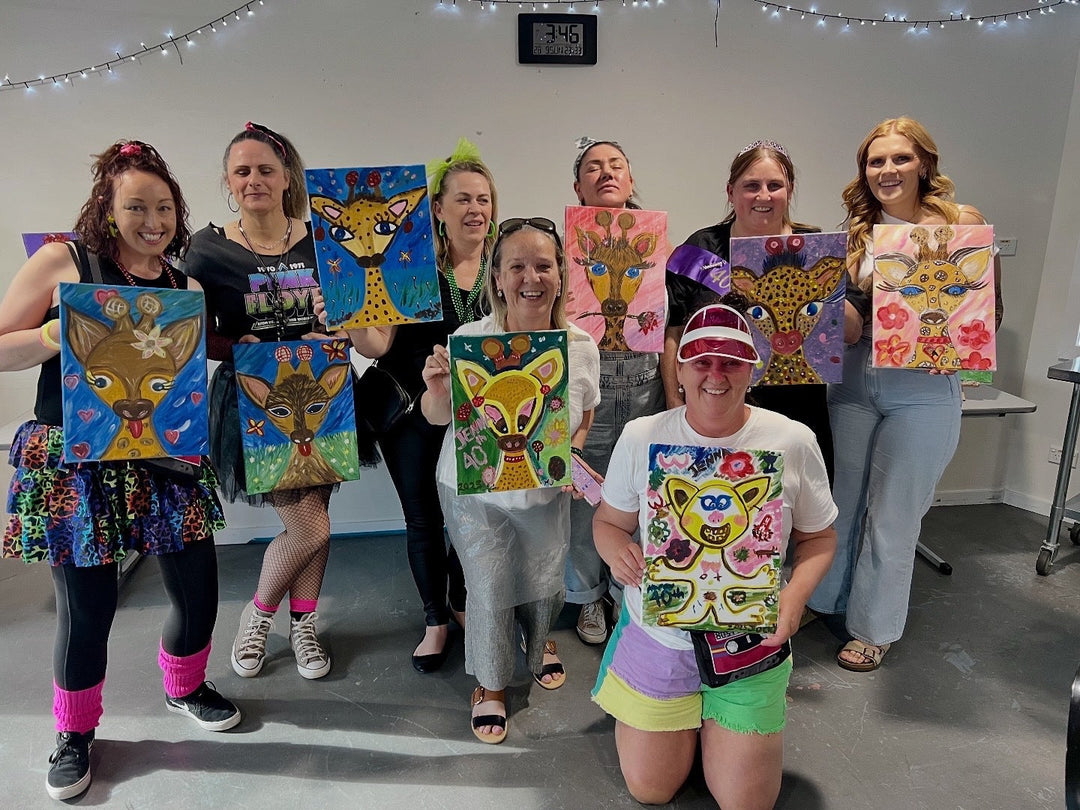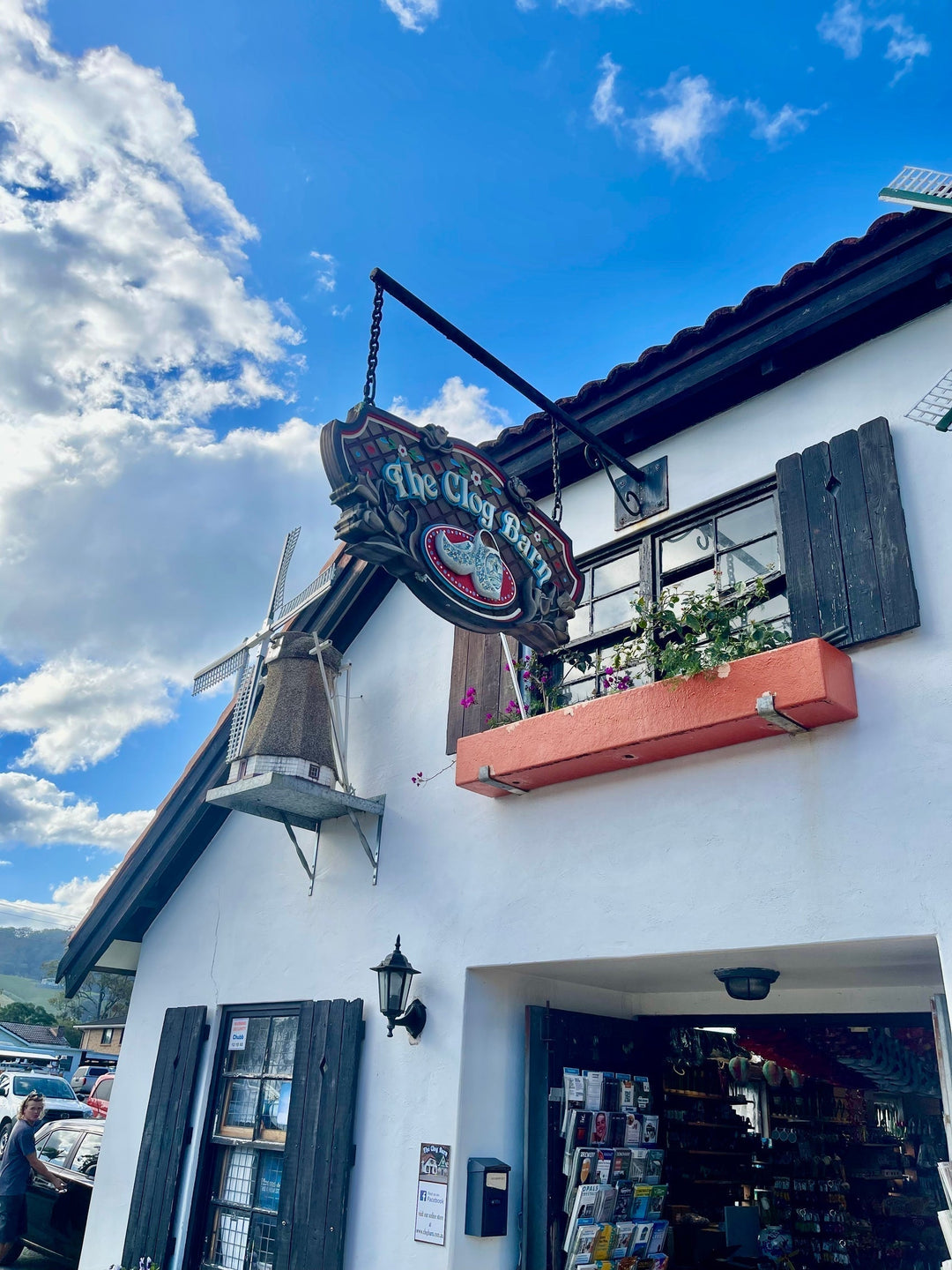Pablo Picasso: An Inspiration for the new Generation
Artists around the world know who Pablo Picasso is. The Iconic artist whose art has been embedded in history forever and stays popular even in today’s time and age. Picasso was born in Spain but ended up working on his art in France, and oh what a journey it has been for him. What made him utterly incredible was his ability to create art in different styles! Not only that but he also experimented with different mediums like painting, drawing, sculpting, ceramics, and others, for him to be able to express his artistic desires. With that being said, here are some of his greatest paintings of all time.
Girl Before a Mirror (1932)
Marie-Thérèse Walter was the subject of this painting; she met Picasso in 1927 and soon after became his mistress and muse. This piece depicted a young woman staring into a mirror filled with vanity. Her reflection shows a darker, more distorted version of herself whom she fears to become in the future as she ages. The painting shows a bit of Picasso’s art in cubism.
La Vie (1903)
La Vie was one of Picasso’s first masterpieces, he created this painting when he was only 20 years old. As you can see, his art style at the time was still developing and he focused more on realism and monotones. La Vie was also one of his greatest paintings during his “blue period compositions” as he was able to execute the portrayal of his melancholic subjects. The blue period paintings were influenced by Expressionism in the late 19th century which creates the expression of depression and grief.
Les Demoiselles d’Avignon (1907)
Les Demoiselles d’Avignon is a significant departure from standard painting composition and perspective. It shows five naked women made up of flat, fractured surfaces with faces based on Iberian sculpture and African masks. A slice of melon in the still life at the bottom of the composition teeters on an upturned tabletop, while the confined space they inhabit appears to thrust forward in jagged shards. After months of revisions, Picasso displayed the gigantic artwork at his Paris studio. The work's title, Avignon, refers to a street in Barcelona known for its brothels.
Guernica (1937)
One of his biggest oil paintings is regarded as one of Pablo Picasso's most famous works. Several critics and art fans rate this painting as Picasso's best work and a strong and affecting anti-war image from history. The picture in white, black, and grey depicts the anguish caused by chaos and violence. The painting depicts a slashed horse, a dead infant, a screaming woman, a mangled soldier, and flames, yet you must be very observant to notice the contents. It was created in response to the 1937 bombing of Guernica in Paris. This is a renowned Picasso painting that is still on display in the Museo Reina Sofia in Madrid.
Three Musicians (1921)
A masked Pierrot plays the clarinet to the left of a stark and boxlike environment. A singing monk carries sheet music to his right. A Harlequin, strumming a guitar in the centre, is a recurring stand-in for Picasso himself throughout Picasso's art. Pierrot and Harlequin are stock figures from the old Italian comic theatre known as commedia dell'arte, which Picasso frequently references in his work. The painting's comical side is exemplified by the nearly-invisible dog, whose head is about halfway up the canvas on the left, one of numerous subtle browns, and we can also make out front paws, a hind leg, and a jaunty tail poking out between Harlequin's legs. The work's dark background and huge scale, though, make it stand out.
Picasso Questions
Now, let’s take your Picasso knowledge to the test!
Question: Where was Pablo Picasso born?
Answer: Spain
Question: Where did he move to continue his work as an artist?
Answer: France
Question: What Art Medium did he usually work with?
Answer: Painting
Question: What type of art did Picasso specialise in?
Answer: Cubism
Question: Which among the five artworks was labelled as his first masterpiece?
Answer: La Vie
Pablo Picasso is an icon that surely won’t be forgotten throughout the history and the future of art. His beautiful work sometimes still reflects the struggles we see in today’s society, and will always stay as an inspiration for our younger generation to express their artistic desires in the ways they aspire to.






